Paddling gloves are often an overlooked accessory for kayakers and canoeists. However, these gloves can significantly impact your paddling experience, from improving grip and control to preventing blisters and calluses.
In this article, we will delve into the top five reasons why investing in a quality pair of paddling gloves is a must for all paddlers. Whether you’re a beginner or an experienced paddler, paddling gloves will take your paddling experience to the next level and help you get the most out of your time on the water.
So, if you’re looking for a simple way to upgrade your paddling game, read on to discover why you should invest in paddling gloves today!
Top 5 reasons to invest in Paddling gloves
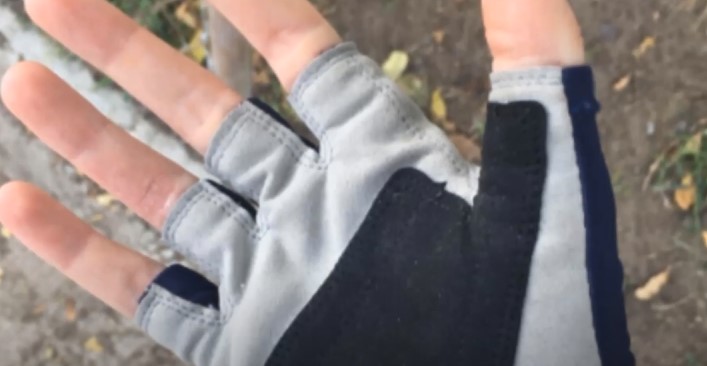
- Protection: Paddling gloves can protect your hands from blisters, calluses, and other types of skin irritation caused by gripping the paddle for long periods of time. This can help to prevent pain and discomfort and keep your hands in good condition.
- Control: Paddling gloves can also help to improve your grip on the paddle, which can increase your control and precision while paddling. This can be especially important in rough or windy conditions when it can be more difficult to maintain a steady grip.
- Warmth: Paddling gloves can also keep your hands warm, which can be especially important in cold or wet conditions. This can help to prevent hypothermia and keep your hands comfortable while you’re out on the water.
- Sun protection: Paddling gloves can also provide sun protection for your hands, which can be especially important in hot or sunny conditions. This can protect your exposed hand from darkening or damage during long-time paddling.
- Durability: Paddling gloves can also help to protect your hands from scratches, cuts, and other types of damage caused by contact with rocks, shells, and other debris in the water.
Overall, paddling gloves are an essential accessory for any kayaker or canoeist who wants to keep their hands in good condition and improve their control and performance while paddling. They offer many benefits including protection, control, warmth, sun protection, and durability.
What to look for in a paddling glove?
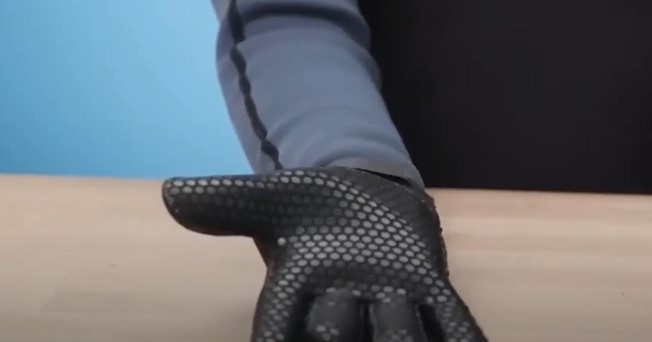
When choosing paddling gloves for kayaking, it’s important to consider the following factors:
- Material: Look for durable materials that can withstand wear and tear from paddling, such as neoprene, spandex, or synthetic leather.
- Comfort: Choose gloves that fit snugly but not too tight, with a flexible and breathable material to reduce hand fatigue.
- Gripping ability: Consider gloves with a textured surface to improve grip, especially when handling wet paddles.
- Protection: Look for gloves with extra padding in areas that are prone to blisters and calluses, such as the palms.
- Insulation: If you’ll be paddling in cold water, choose gloves with insulation to keep your hands warm.
- Adjustability: Consider gloves with adjustable cuffs or Velcro closures to keep water out and provide a secure fit.
- Durability: Look for high-quality construction and materials that will withstand frequent use and last a long time.
In conclusion, paddling gloves can greatly enhance your kayaking experience by providing improved grip, protection against blisters, better comfort, and insulation in cold conditions.
When choosing paddling gloves, it’s important to consider the material, comfort, gripping ability, protection, insulation, adjustability, and durability to ensure you choose the best gloves for your needs and preferences.
With the right paddling gloves, you can confidently tackle the water with increased power and efficiency, making the most of your kayaking adventures.
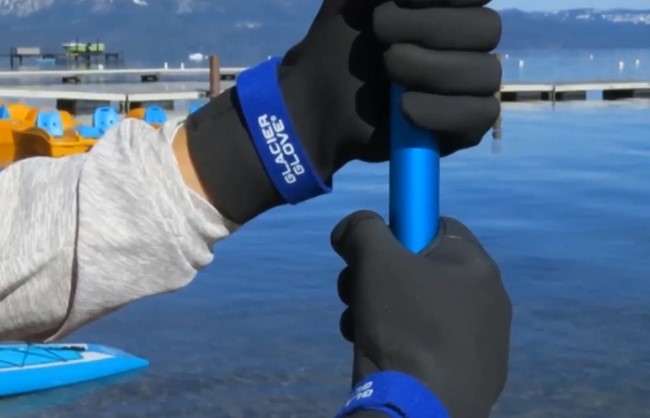
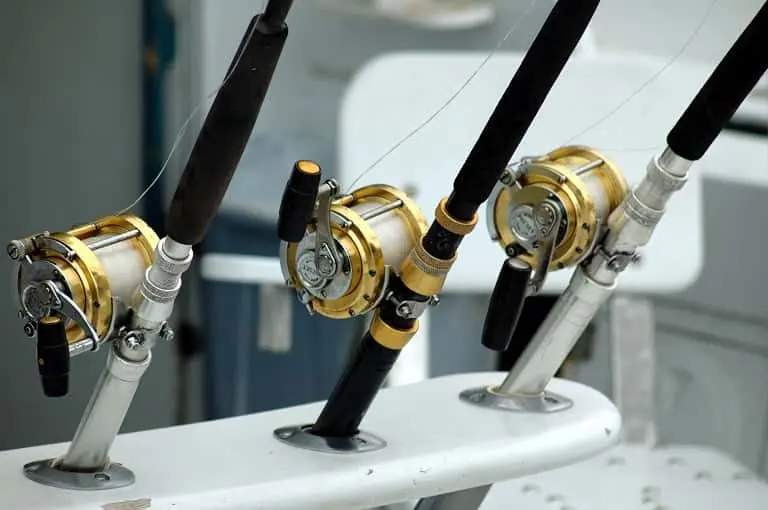
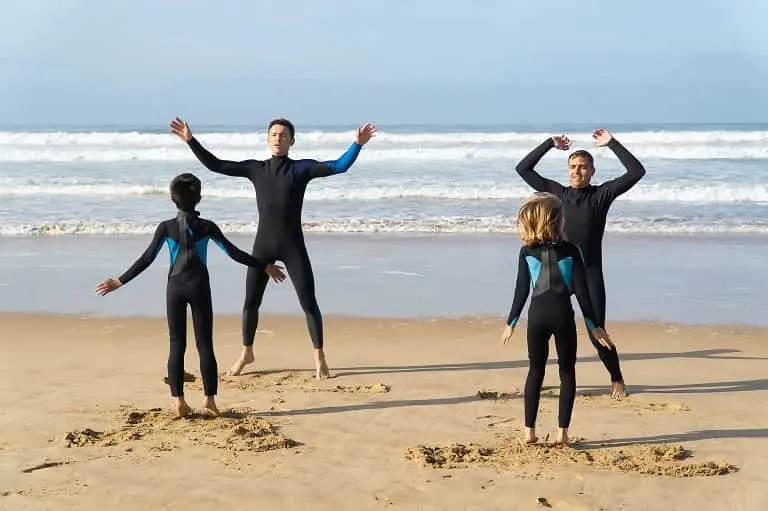
Pingback: 7 best Kayaking Gloves You Can't Go Without! - Safekayaking
Pingback: Is kayaking hard? 10 factors you should know. - Safekayaking